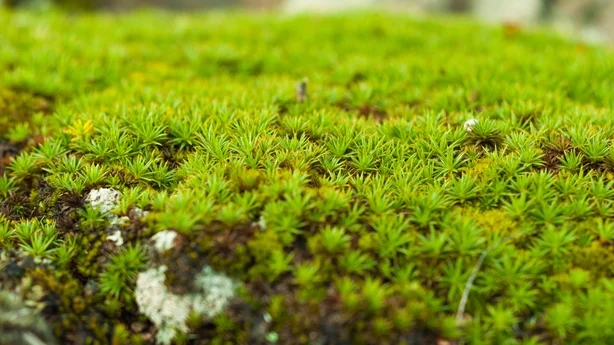Stay updated with the latest beauty tips, trends, and news from our salon experts. Our blog is your go-to source for all things beauty.
Often referred to as a super-species, Sphagnum Moss is found in Irish bogs.
During both World Wars, tons of this moss was collected from the bogs here in Ireland and shipped off to the continent. In fact, it was deemed so important to the War effort that an Irishwoman, Mrs Alice Henry, was awarded an OBE for her work in organising and collecting it.
But what was this moss used for? Wound dressing.
According to British Bryological Society, 'bog moss' was used during World War I as it can "absorb up to 20 times its own volume of liquids, such as blood, pus, or antiseptic solution, and promotes antisepsis".
It's believed that humans first became aware of its medicinal properties when they observed wounded animals rolling in it.

In 2025, it seems that the superspecies has become popular once again for another serious problem. It has been reported that Amazon founder Jeff Bezos is backing a pioneering Manchester project involving this moss in relation to the fight against climate change.
Found in peatlands across the UK and Ireland, the moss is seen as "key" to stemming the impact of global warming, according to Dr Jonathan Ritson, from the University of Manchester.
The moss captures carbon and reduces methane emissions but human activities have led to its decline, including across the nearby Peak District.
Dr Jonathan Ritson and his team are trying to find which strains of sphagnum are the best for capturing methane. The boost will help Dr Ritson and his team research the best ways of restoring sphagnum moss across not just the UK but wider northern Europe.
"Manchester has been building up its reputation as a global hub for peatland research and it's really great to have that recognised," Dr Ritson said. By identifying and cultivating "super" strains of sphagnum moss, the team hope they can create a natural and sustainable way to capture the methane and gradually restore the landscape.